What is NASA Eyes?
NASA’s Eyes on the Solar System is a free, website that, that’s a 3D stimulation that lets you explore:
- Travel through the solar system in real life
- Track spacecrafts such as Voyager 1 and Perseverance
- Zoom in on planets, moons and missions
- Go back and forward time to explore space history
It’s like controlling a spaceship, but right from your laptop!
Voyager 1: A Look Into Interstellar Space
For this week, I followed Voyager 1, the furthest man-made object from Earth. I watched the Voyager 1 path from Earth to Jupiter and Saturn, and the edge of the solar system.
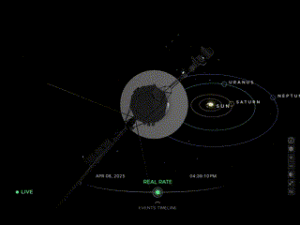
Voyager 1 is still sending signals from 15 billion miles away! This is mind-blowing!
Mars 2020: Watching Perseverance Land
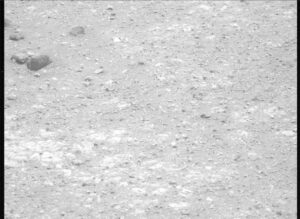 I also looked at the Mars 2020 mission, paying attention to how the Perseverance rover landed on Mars and started gathering samples. I utilized the timeline tool to go back as far as February 2021, and watched it descend. You can track Mars2020 precise location on the Martian surface and observe the mission data in real time.
I also looked at the Mars 2020 mission, paying attention to how the Perseverance rover landed on Mars and started gathering samples. I utilized the timeline tool to go back as far as February 2021, and watched it descend. You can track Mars2020 precise location on the Martian surface and observe the mission data in real time.
Watch NASA’s Eyes in the Act:
Want to take a look at how it started? Check this out
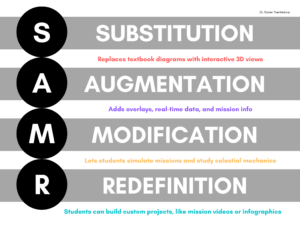

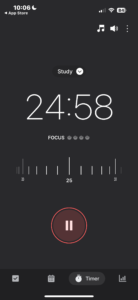

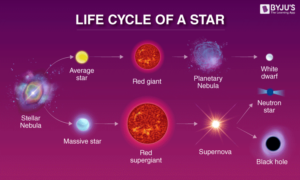 the basics of stargazing, I downloaded the app called “Night Sky,” which has helped me spit the Orion and Bigger Dupper. It’s much easier when you have something to guide you! I have watched some videos as well to help understand how stars are born and how they die. One of the things I learned is that a star’s life cycle really depends on the size (who knew!?)massive stars blow up as supernovae, while smaller stars like the Sun will become white dwarfs.
the basics of stargazing, I downloaded the app called “Night Sky,” which has helped me spit the Orion and Bigger Dupper. It’s much easier when you have something to guide you! I have watched some videos as well to help understand how stars are born and how they die. One of the things I learned is that a star’s life cycle really depends on the size (who knew!?)massive stars blow up as supernovae, while smaller stars like the Sun will become white dwarfs.